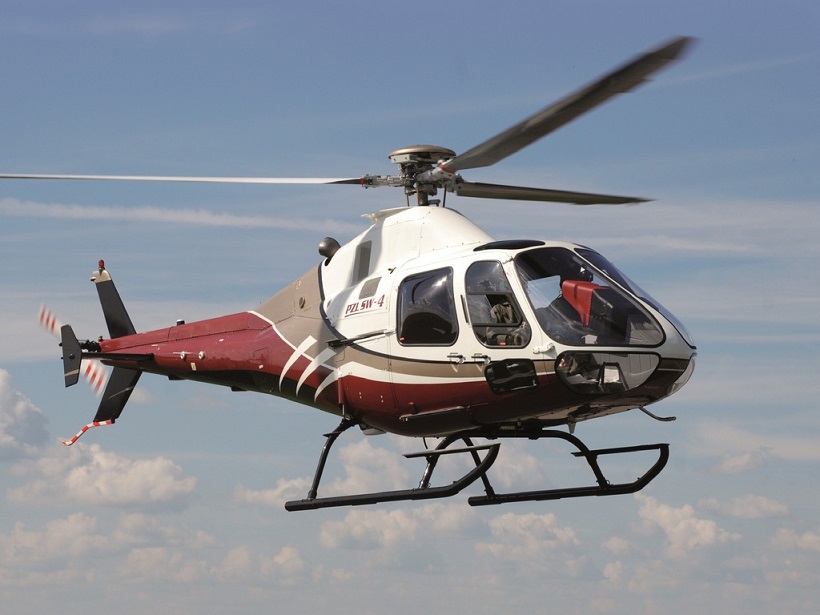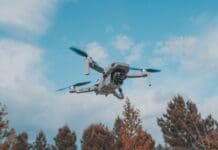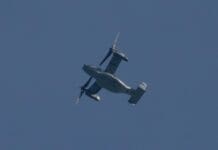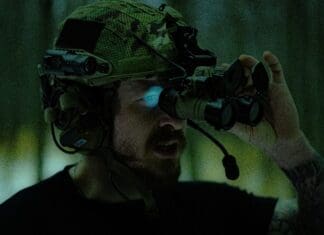This post is also available in:
 עברית (Hebrew)
עברית (Hebrew)
Leonardo Helicopter Division has been heavily investing in the development of Rotary Wing Unmanned Air Vehicles (RUAV) and Optionally Piloted Helicopters (OPH), which provide operational flexibility in terms of flight operations and operational capabilities.
The company’s SW-4 Solo optionally piloted helicopter has recently completed successfully its maiden flight with no safety pilot onboard in Italy. The aircraft flew for 45 minutes and all systems performed as expected.
Tests included, among others, remote engine start up and shut down with ground run, automatic take-off and landing, hovering OGE (Out of Ground Effect) and acceleration to forward flight, automatic way point navigation to and from the area of operation and simulation of a surveillance mission. The aircraft reached an altitude of 1500 ft and up to 60 knots airspeed during the flight.
According to uasvision.com, the Solo, derived from the SW-4 helicopter, is designed to operate with or without a pilot on board. Past test campaigns with a pilot onboard since December 2016, were operated in order to verify the aircraft’s operational characteristics and validate flight procedures, in both normal and emergency conditions.
Leonardo markets the SW-4 Solo for civil government, military and maritime use, reports the defensepost.com. When piloted, it can be used for personnel transport and cargo re-supply as well as surveillance, battlefield activities and intervention. Its maritime applications include intelligence, surveillance and reconnaissance, targeting, anti-submarine and anti-surface warfare support, and mine countermeasures.
According to Leonardo website, the system is equipped with an interoperable Ground Control Station (GCS) with an advanced Human Machine Interface. The GCS provides an interface which can be used to control and monitor single or multiple RUAV missions at the same time, from takeoff to landing. It also provides effective control of unmanned vehicle’s payloads and allows sensor data transmitted from the RUAV to be monitored. The Solo GCS can communicate with UAVs using the STANAG 4586 protocol allowing it to control and monitor any type of STANAG compliant UAV (both rotary and fixed wing).

























